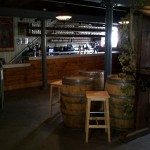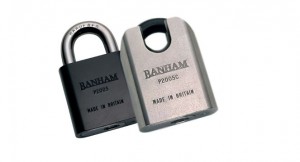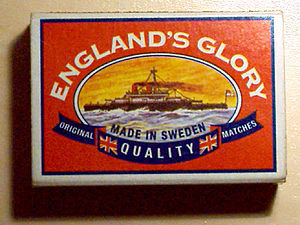As the winters seem to have drawn in rather quickly we have, as I’m sure you have too, been turning out the hats and scarves to keep warm. Sadly much of the knitwear we have found on the high street is not made here despite the fact that we are great wool producers. I decided that I would therefore try my hand at knitting, something my maternal Granny tried for many years to get me into. She sadly never quite passed on the enthusiasm she had in quite the same way my paternal Granny passed on the sewing bug so it has always been that which I have felt ‘good at’.
 However with the demand for a hat for Lucan at school coming home in his book bag, now seemed as good a time as ever to give it a go. I had tried a few years ago to make a scarf for James (not massively successfully I might add) so I had large 10mm knitting needles in the loft. After a trip to a fantastic local shop to source the wool and a rather nifty book about knitting and crocheting hats, it was time to give it a go. The internet, as always, was the ever reliable source of videos to help me get started and after about 3 attempts of knitting and undoing it all I finally made my first ever wearable bobble hat!
However with the demand for a hat for Lucan at school coming home in his book bag, now seemed as good a time as ever to give it a go. I had tried a few years ago to make a scarf for James (not massively successfully I might add) so I had large 10mm knitting needles in the loft. After a trip to a fantastic local shop to source the wool and a rather nifty book about knitting and crocheting hats, it was time to give it a go. The internet, as always, was the ever reliable source of videos to help me get started and after about 3 attempts of knitting and undoing it all I finally made my first ever wearable bobble hat!
Lucan seems quite taken and I am now in the process of making one for James (the same colour minus the bobble) and one eventually for myself in cream (bobble undecided). It has been wonderful to start to learn a new craft and I must admit I see now what my Granny was trying to show me all those years ago. While rather fiddly at times, the speed that you can create a fully formed and functioning garment is rather exciting. Give it a go but make sure you hunt out British wool 😉
If however you aren’t quite so crafty minded there are some lovely bobble hats to be found at Fieldlife, a super kids brand of durable wearable clothing all made here in the UK.
-Emily
 We had contact with Moray, part of the Neame brewing dynasty, some time ago when we were first orgnaising the British Family Fayre. Due to circumstance they were not able to attend but Moray was delightful to speak to so I thought I would get in contact with a little idea that we had been throwing around recently.
We had contact with Moray, part of the Neame brewing dynasty, some time ago when we were first orgnaising the British Family Fayre. Due to circumstance they were not able to attend but Moray was delightful to speak to so I thought I would get in contact with a little idea that we had been throwing around recently.






